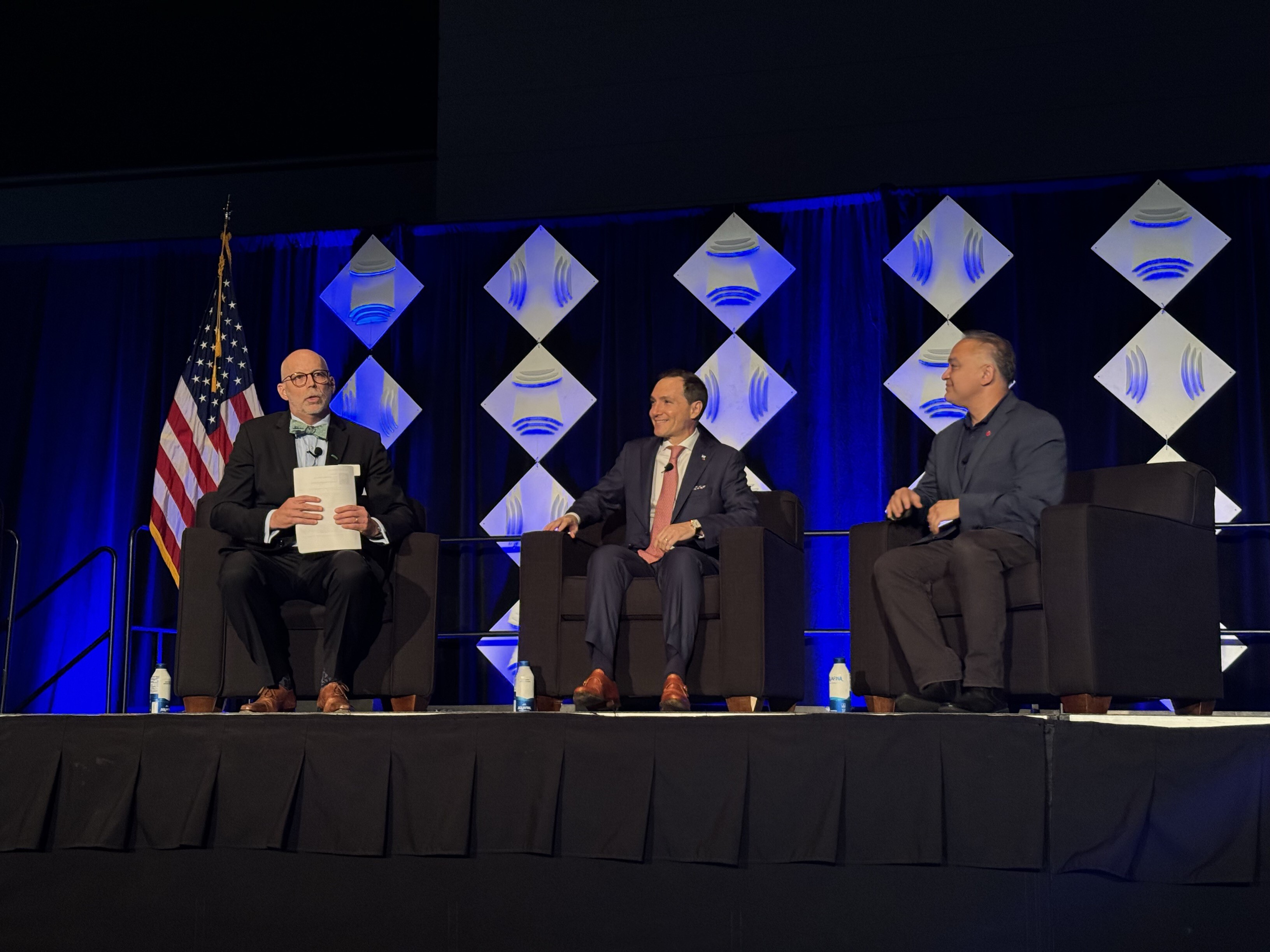Ten Steps to an Effective Medical Devices FDA 483 Response

The Basics of an FDA 483 List of Inspectional Observations
According to its Foreword, the Investigations Operations Manual (IOM) is the primary operational guide for FDA employees who perform field investigational activities in support of the agency's public health mission. As defined in the IOM, “An establishment inspection is a careful, critical, official examination of a facility to determine its compliance with certain laws and regulations administered by FDA.”1
If, during an establishment inspection, an investigator identifies what (in his or her judgment) are believed to be objectionable conditions, these conditions will be communicated to the organization during the inspection and at the conclusion of the inspection via discussions and issuance of an FDA 483 List of Inspectional Observations.2 The FDA 483 observations are, in the investigator’s judgment, potential violations of a regulatory or statutory requirement, as discussed in Section 5.2.3 of the IOM3. The investigator’s observations will also be documented within the Establishment Inspection Report (EIR) representing the inspection for review by FDA management and potentially an FDA compliance officer. FDA investigators will not typically advise a manufacturer with respect to corrections and corrective actions relative to FDA 483 observations raised during an establishment inspection.
The issuance of an FDA 483 is not an FDA enforcement action. However, if the FDA 483 observation reflects a “major deficiency” as defined in CP 7382.845 Inspection of Medical Device Manufacturers, Part V A.1.a4, an FDA official action may be taken. Major deficiencies relative to 21 CFR Part 820, the Quality System Regulation include (but are not limited to) absence of corrective and preventive action procedures (including procedures describing the analysis of quality data), absence of design control procedures (including design change control procedures, where required), failure to validate processes requiring validation, non-correction or inadequate correction of major deficiencies from previous inspections, and other quality system deficiencies such as deficiencies in both purchasing controls and acceptance activities. Official actions available to FDA include advisory actions (e.g., Untitled Letters and Warning Letters), administrative actions (e.g., administrative detention of devices, civil money penalties) and judicial actions (e.g., mandated recall, seizure of devices, injunction, criminal prosecution).5
FDA’s “Review of Post-Inspection Responses” Policy
According to its “Review of Post-Inspection Responses” policy described in FR Vol. 74, No. 153 (Docket No. FDA-2009-N-0335)6, if FDA receives a response to the FDA 483 observations within fifteen (15) business days, a “detailed review” of the response will be conducted prior to a decision to issue a Warning Letter. Elements of initial responses may be plans to conduct activities with a timeline and a promise to provide additional responses as activities progress, and these plans should be supported with objective evidence (e.g., corrective action procedures to be followed, risk management procedures to be followed, failure investigation procedures to be followed, results of the implementation of these procedures to date).
Ten Steps to Effective FDA 483 Responses
The chart below summarizes ten steps to creating effective FDA 483 responses.
NSF FDA 483 Response Content Template
Initial response must be submitted within fifteen (15) business days.
(Refer to policy in link below)
FR-2009-08-11.pdf (govinfo.gov)
| 1 | Re-statement of FDA 483 Observation | State verbatim the FDA 483 observations in the order they appear on the FDA 483 — Do not paraphrase. FDA Investigators should list FDA 483 observations in descending order of significance. |
| 2 | Statement of: (Select Option 2A or 2B) | |
| 2A | Acceptance of the FDA 483 Observation | State clearly your acceptance of the FDA 483 observation and the importance of implementing timely and effective corrections and/or corrective actions. An organization’s response to accurate and constructive FDA 483 observations contributes to QMS Continual Improvement (CI) — a positive outcome. |
| 2B | Objection to the FDA 483 Observation | State clearly your objection to the FDA 483 observation and provide objective evidence supporting your objection. Any objection should have been communicated to the Investigator and (hopefully) resolved throughout the inspection or during the exit interview (i.e., closing meeting). Therefore, a formal response should rarely object to an FDA 483 observation. |
| 3 | Report Scope of Nonconformity | Conduct a systemic impact analysis to determine the potential extent of the nonconformity on products and processes. Does the NC potentially impact other products or processes not specifically cited in the FDA 483 observation? Do not simply focus on the examples cited in the FDA 483. Determine and report the potential full extent of the problem and react accordingly. Provide objective evidence. |
| 4 | Product Containment | Is product containment necessary? If so, which products? How? Where? When? Cite and comply with procedures for the control of nonconforming product. Provide objective evidence. Assure product containment is applied to all product within the entire supply chain as necessary — i.e., manufacturer, warehouse, transportation (in transit product), importers, distributors, final consignees. |
| 5 | Failure Investigation | Conduct failure investigation and identify potential failure cause(s). 5 Whys? Ishikawa Diagram or other failure investigation methods should be employed per Failure Investigation Procedures. Think ‘systemic.’ Do not just focus on examples from the FDA 483 observation. Consider the impact of nonconformity on other products and processes. Avoid claiming use, user error or inadequate procedures caused the nonconformity as they are indicative of poor design and development practices. Why did the use or user error occur? Why were the procedures inadequate? Provide objective evidence. |
| 6 | Risk Management | Does the nonconformity affect safety? (i.e., freedom from unacceptable risk) For example, existing risk estimations (e.g., increase severity of harm; increase probability of occurrence of harm; introduce a new hazard, hazardous situation, or sequence of events leading to a hazardous situation). If so, react accordingly (e.g., new risk estimation, new risk evaluation, new risk controls and field safety corrective actions). Provide objective evidence of all, especially verification of implementation and effectiveness of any new risk control measures planned or implemented — these may be part of the corrective action. |
| 7 | Was ‘correction’ necessary? YES or NO Note: FDA recognizes the ISO 9000:2015 definitions of ‘correction’ and ‘corrective action’. | |
| 7A | If YES, state what corrections will be taken and why; and provide objective evidence of verification of implementation of the correction(s). | |
| 7B | If NO, provide rationale with supporting objective evidence. | |
| 8 | Was ‘corrective action’ necessary? YES or NO Note: FDA recognizes the ISO 9000:2015 definitions of ‘correction’ and ‘corrective action’. | |
| 8A | If YES, Describe in detail corrective actions to be taken. Describe using two types of corrective actions.
Corrective actions should describe what is planned to be done and why, as well as what is planned to be done to verify (or validate, where appropriate) the corrective action; when the corrective action will be implemented; how the implementation will be verified; and how and when the effectiveness of the corrective action will be determined. Provide objective evidence. Note: Assure product specific corrective actions are applied to all product within the entire supply chain as necessary — i.e., manufacturer, warehouse, transportation (in transit product), importers, distributors, final consignees. | |
| 8B | If NO, provide rationale with supporting objective evidence. | |
| 9 | Communication Statement | Statement that internal auditors and affected management and colleagues have been or will be made aware of the FDA 483 observations, their corrections, and corrective actions. If organization is a part of a multi-site manufacturer, describe how the details of the nonconformity and response were shared with sister facilities, as applicable. Provide objective evidence. |
| 10 | Statement of Appreciation/Offer to provide additional information | Thank the FDA for conducting such a thorough inspection, for the professionalism of the Investigator and for raising beneficial nonconformities that have helped or will help strengthen the quality management system. Solicit whether additional information is needed. Be prepared for several rounds of communication. |
Conclusion
A timely, well-thought out, thorough and organized response to medical device FDA 483 observations supported with objective evidence may be the difference between your organization receiving a Warning Letter or not receiving a Warning Letter.
About the Author

Robert “Rob” Ruff joined NSF as Executive Director of Training and Education (medical devices) in 2017. In his role at NSF, Rob develops and presents e-learning, Instructor-led Virtual and face-to-face training events. His training includes EU MDR Internal Auditor, EU IVDR Internal Auditor, Lead Auditor, Design Controls, Risk Management, ISO 13485:2016 and many other topics. Rob also conducts on-site and virtual audits against a variety of audit criteria including EU MDR, EU IVDR, ISO 13485:2016 and Quality System Regulation. Prior to joining NSF, Rob held several positions in the orthopedic device manufacturing sector where he developed a process to sinter small metallic spheres to implant substrates establishing porous surfaces to facilitate implant bio-fixation. From the orthopedic industry Rob joined the FDA where he spent many years as a field investigator and medical device specialist investigator within the Office of Regulatory Affairs. During this time, Rob conducted inspections and investigations of medical device manufacturers world-wide. Rob was also a primary author of the Quality System Inspection Technique (QSIT) and a member of many FDA local, regional and national investigator training cadres. From ORA, Rob was recruited to join CDRH as a compliance officer. In addition to his duties as a compliance officer, Rob was the Lead Project Manager for the development and implementation of the Medical Device Single Audit Program (MDSAP) and co-authored the MDSAP Audit Approach. In 2017, Rob retired after 33 years of federal service.
Ready To Begin the Process?
Contact us with questions or to receive a quote.
Sources
1 FDA, Investigations Operations Manual, Section 5.1.2, available at www.fda.gov/media/76769/download (2020).
2 FDA, Form 483 Frequently Asked Questions (9 Jan. 2020), available at www.fda.gov/inspections-compliance-enforcement-and-criminal-investigations/inspection-references/fda-form-483-frequently-asked-questions.
3 FDA, Investigations Operations Manual, Chapter 5, Section 5.2.3, available at www.fda.gov/media/113432/download (2020).
4 CP 7382.845 Inspection of Medical Device Manufacturers, Part V A.1.a, available at www.fda.gov/media/80195/download
5 FDA, Compliance Program Guidance Manual, Program 7382.845, Section V.A.1.a, available at www.fda.gov/media/80195/download (2 Feb. 2011).
6 FR Vol. 74, No. 153 (Docket No. FDA-2009-N-0335), available at www.govinfo.gov/content/pkg/FR-2009-08-11/pdf/FR-2009-08-11.pdf
How NSF Can Help You
Get in touch to find out how we can help you and your business thrive.

What’s New with NSF

NSF Shanghai Named Critical Site for NSF/ANSI 455 and NSF/ANSI 173 by ANSI National Accreditation Board
July 26, 2024
NSF Takes Center Stage at NEHA Annual Education Conference
July 25, 2024
NSF Asia Pacific Showcases Hospitality Solutions at THAIFEX HOREC Asia 2024 in Bangkok, Thailand
July 4, 2024